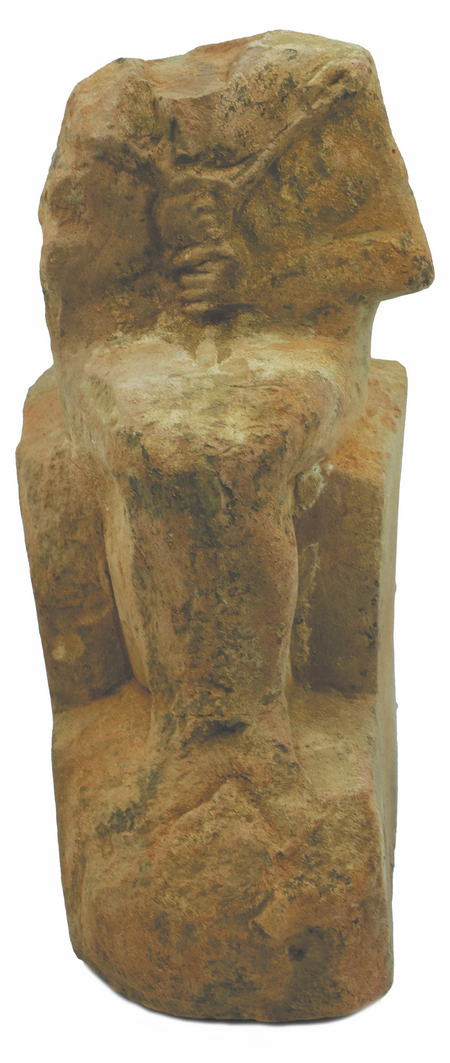

For ritual ceremonies during festivals, ancient residents of Thebes traveled frequently between the two banks of the Nile. Karnak is located on the east bank, and the cemeteries of the nobles are on the west, as the ancient Egyptians believed that the lands of the dead were to the west, as that was where the sun set.
"People escorted deity statues from the east bank to the west bank for festivals, and then moved them back," Jia says. "In this way, the sites are logically related."
This idea reinforced his longtime speculation that there must be a passageway connecting some of the sites at Niuheliang, including the temple of the goddess and the stone barrows.
In 2021, his team finally managed to find a passageway with symmetrical drainage ditches and waterproof walls on both sides between the two platforms.
"Ancient civilizations communicated with each other and so shall we today," Jia says. "Through exchanges between archaeologists from the two sides, we can form new ideas and advance our work further."
Jia and Gao are scheduled to set off for Luxor in December for another season of fieldwork. They still emotionally recall the day in March 2020 when the main entrance of Karnak was lit up with an image of the Chinese national flag to show support for the Chinese fight against COVID-19.
A passageway for friendship by the Nile may be further illuminated by this joint mission.
Contact the writers at wangkaihao@chinadaily.com.cn